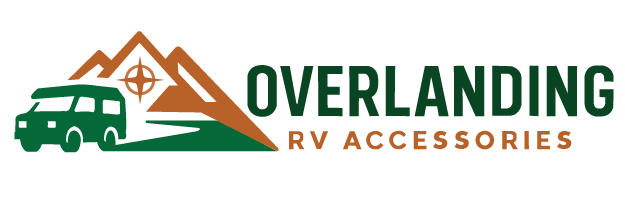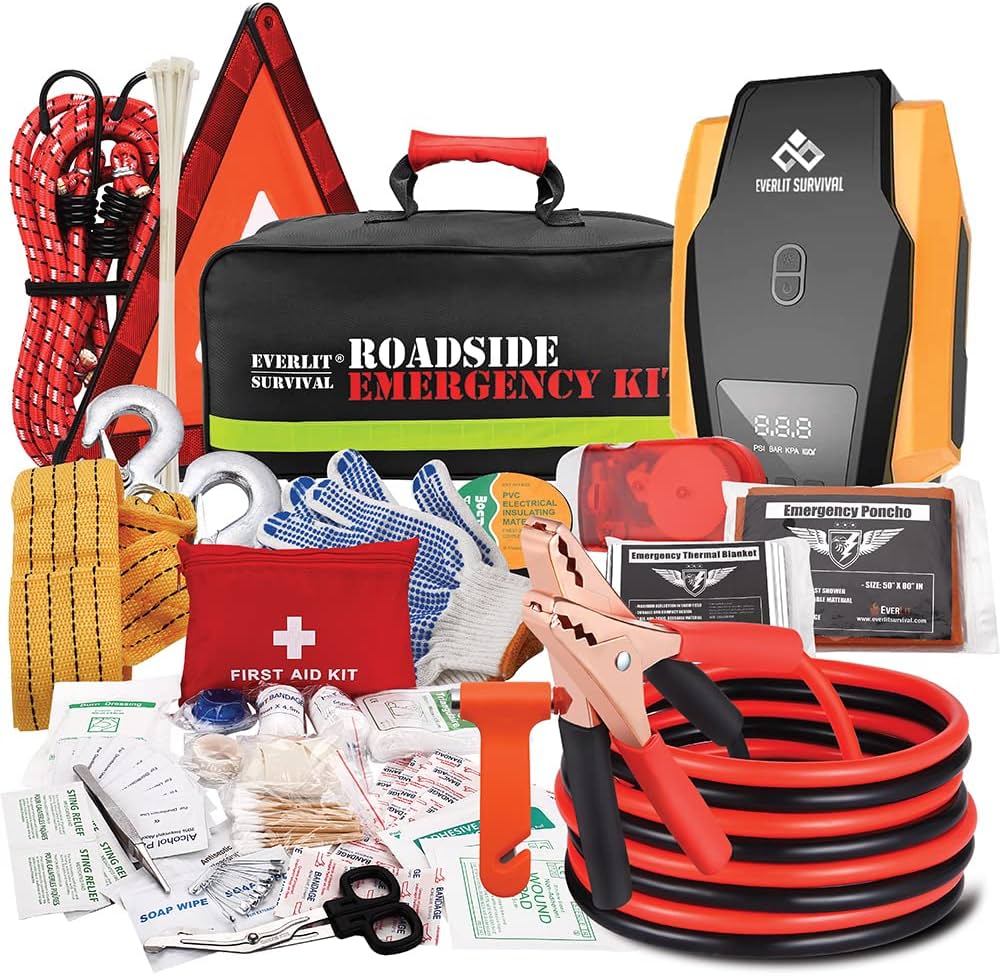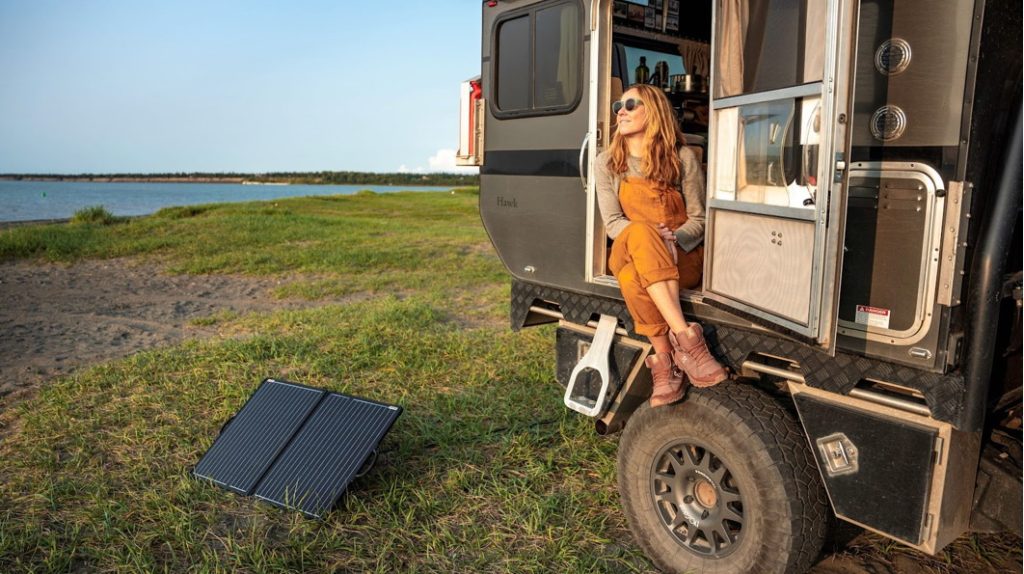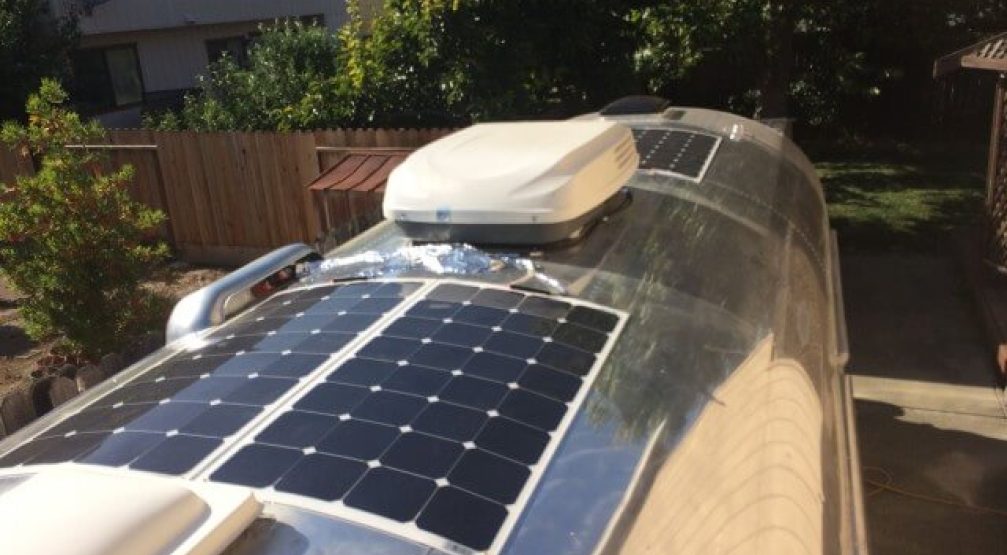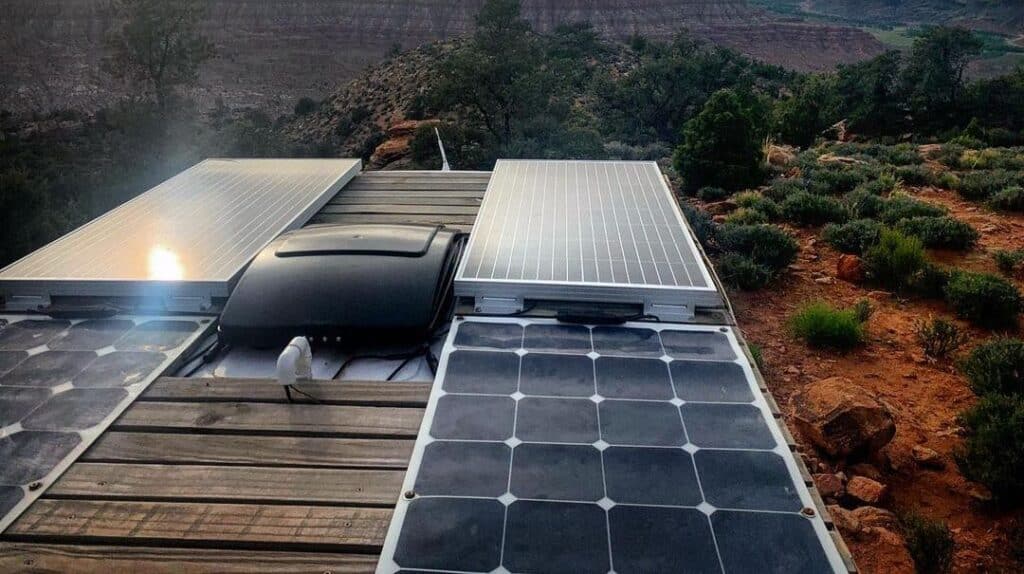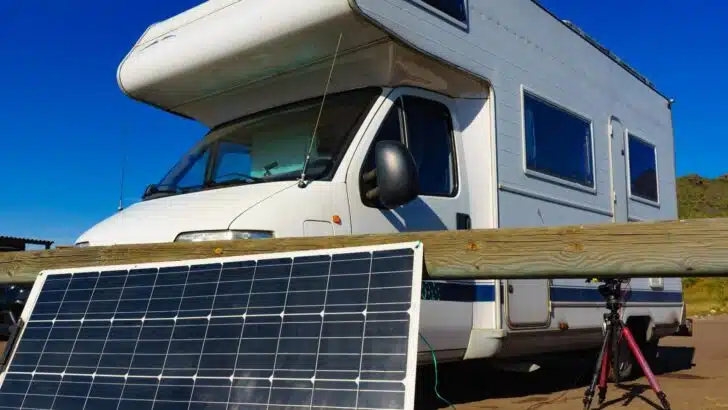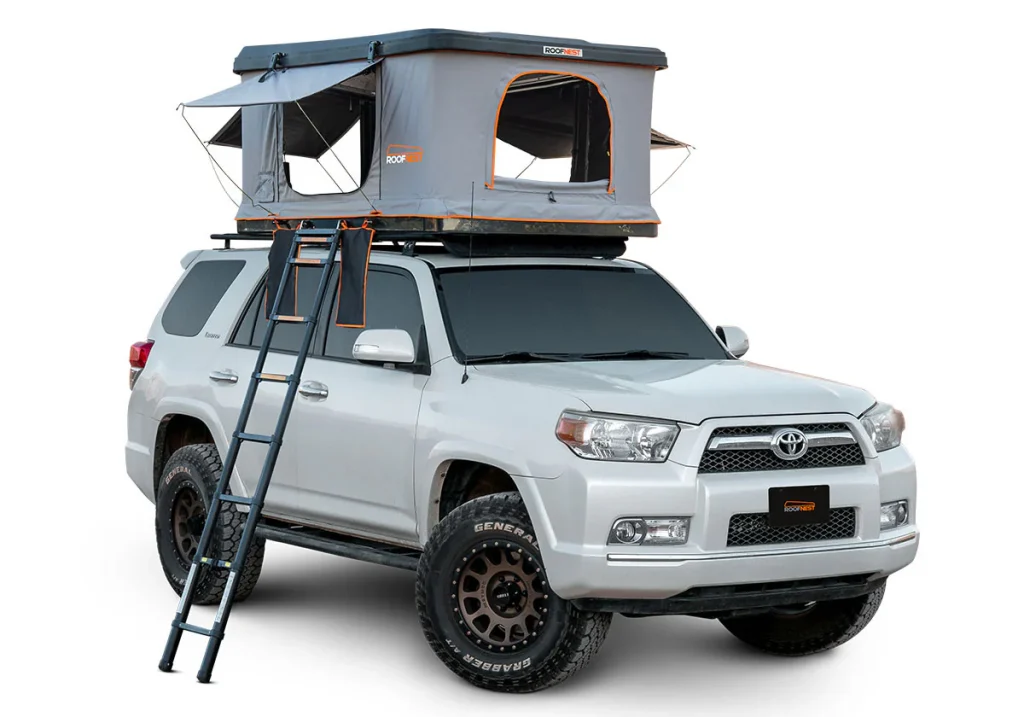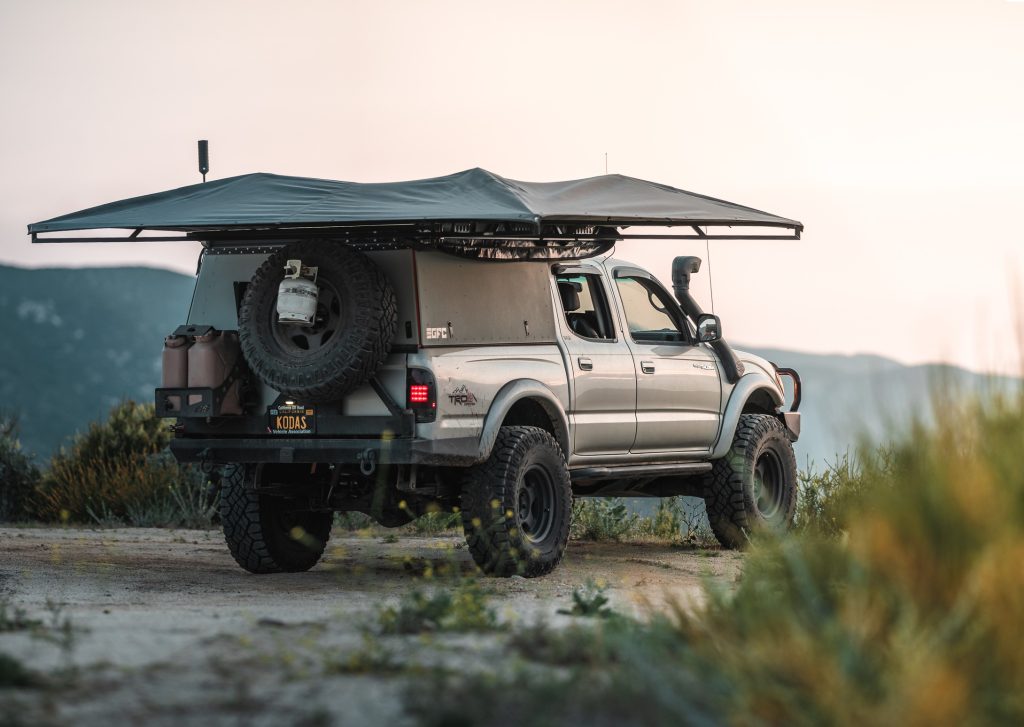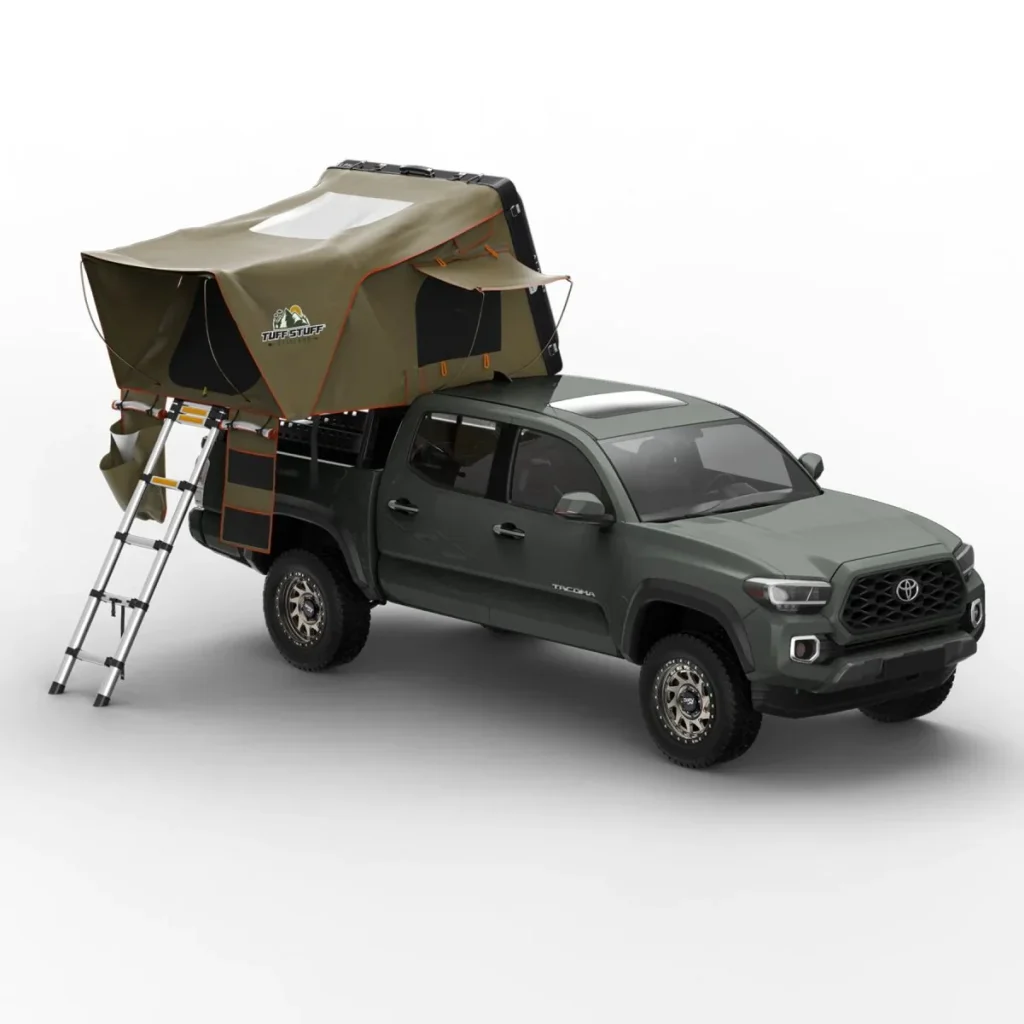Overlanding is more than just an off-road adventure—it’s a self-reliant journey through remote landscapes where preparation is critical. Whether you’re tackling rocky trails, muddy backroads, or sandy dunes, having the right recovery gear is essential to ensure safety and confidence along the way. Unlike traditional road trips, overlanding often takes you far from cellular coverage and emergency services. That’s why the right equipment—and knowing how to use it—can mean the difference between a minor hiccup and a serious setback.
This guide is designed to help you understand what recovery gear is, why it matters, and how to pack for a safe and efficient overlanding experience. From the basics like tow straps and spare tires to advanced tools and seasonal necessities, we cover everything you need to tackle the trail and handle unexpected challenges with ease.
What Gear Is Included?
When you embark on a guided overlanding adventure, a significant portion of the stress is removed thanks to the gear and support systems included by the organizers. Here’s what you can typically expect as part of your experience:
Expert Guides & Route Planning
Professional guides who know the terrain well help map out routes that are both scenic and safe. You won’t have to worry about getting lost or stumbling onto closed or impassable trails. With real-time navigation adjustments and expert terrain assessments, your focus stays on the journey, not on reading maps.
Permits & Insurance
Navigating permits and insurance paperwork can be overwhelming. Guided overlanding trips usually handle this for you. This includes access permits for restricted trails, camping grounds, and even international border crossings, where applicable, along with group liability and support insurance.
Small Group Format
Trips are designed to include only a few vehicles. This smaller group format creates a more intimate, community-like atmosphere where everyone can participate in shared experiences, contribute to setup and teardown, and enjoy a safer, more coordinated drive.
Safety & Recovery Support
Each guide is trained in off-road recovery techniques and certified in first aid. Whether you’re stuck in sand or experiencing a vehicle issue, the support crew is equipped with winches, tools, and recovery plans to assist quickly and efficiently.
Camp Setup Assistance
At the end of a long trail day, help is available to set up your campsite. From leveling your tent to arranging your cooking area, camp setup support makes transitions into rest and mealtime smoother.
For-Purpose Mission
These trips often include a service-oriented component. Whether it’s cleaning up trails, delivering supplies to remote communities, or supporting conservation efforts, your adventure contributes positively to the locations you explore.
What Gear To Bring
While guided trips offer a lot of support, you’ll still need to come prepared with the right personal gear to make the most of your journey. Here’s what you should bring:
A Capable Off-Road Vehicle
Unless you’re renting through the guide company, your own off-road vehicle should be in good condition, properly maintained, and built for the terrain you’ll encounter. Ensure it has 4WD capability, decent ground clearance, and is trail-ready.
Camping Gear
Bring a durable tent, sleeping bag rated for the expected temperatures, sleeping pad or air mattress, and essential cookware. Include plates, cups, utensils, a camp stove or grill, and food storage containers. If your trip offers catered meals, you may only need minimal kitchen supplies.
Personal Supplies
Pack for personal comfort and hygiene. Essentials include clothing suited for changing weather conditions, toiletries, medications, insect repellent, sunscreen, and at least one gallon of drinking water per person per day.
Basic Recovery Gear
Even if you have support on-hand, basic recovery gear should always be part of your setup. A tow strap, a full-size spare tire (not a donut), a jack, and a tire iron are essential. A tire repair kit and air compressor are also highly recommended.
Seasonal Essentials
Tailor your packing list to the season. In summer, include sunblock, wide-brimmed hats, breathable clothing, and electrolyte supplements. In colder months, pack insulated clothing, a winter-rated sleeping bag, and waterproof outer layers.
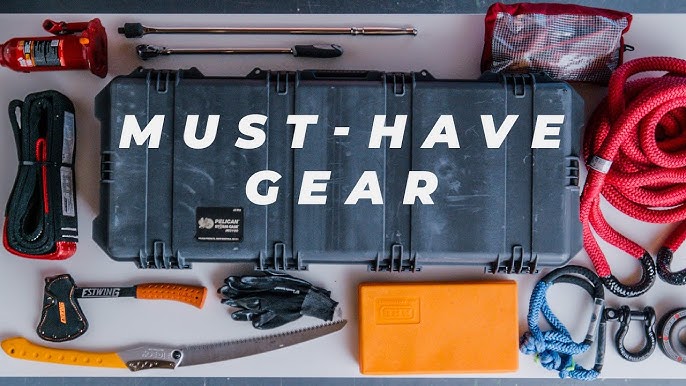
The Basics of Recovery
Recovery is a fundamental part of overlanding. No matter how well-prepared or experienced you are, getting stuck is always a possibility when venturing off-road. That’s why understanding the basics of vehicle recovery is crucial—not just having the gear, but knowing how and when to use it safely.
Recovery situations can range from a simple tire spin in soft sand to a more complicated extraction from mud, snow, or rocks. The most important aspect of recovery is staying calm and methodical. Rushing can lead to injuries or further vehicle damage.
Your recovery process begins with assessment. Determine why you’re stuck—whether it’s due to traction loss, grounding out on an obstacle, or mechanical failure. Once identified, use the least aggressive recovery method first, such as digging out around tires or using traction boards, before moving on to more complex techniques like winching or towing.
Always carry and wear safety gear, including gloves and eye protection, during recovery. Stay clear of tension lines, especially winch cables or kinetic straps, which can snap with dangerous force. Clear communication with your team and staying alert are critical throughout the process.
Off-Road Driving Techniques & Safety
Before you get stuck, your best defense is understanding how to drive safely and smartly on off-road terrain. Mastering basic off-road driving techniques can help you avoid many common hazards in the first place.
Driving Safely on the Trail
Drive Within Your Limits
Avoid excessive speed, especially on loose terrain like sand, snow, or mud. A moderate, steady pace gives you more control and reduces the chance of spinning out or burying your tires.
Plan Your Route
Always take a moment to scan the trail ahead. Look for ruts, rocks, water crossings, or sharp elevation changes. Walking a tricky section before driving it can reveal hazards that aren’t visible from the driver’s seat.
Hill Safety
When tackling inclines or descents, always drive straight up or straight down. Driving diagonally on a hill dramatically increases the risk of a rollover. Use low gear and engine braking for better control on steep descents.
Tire Pressure for Traction
Adjust your tire pressure according to terrain. Lowering your tire pressure to 18–20 psi increases traction in sand and gravel by enlarging the tire’s contact patch. Just remember to reinflate before returning to pavement to avoid tire damage or poor handling.
Crossing Obstacles
When facing large rocks, logs, or deep ruts, approach at an angle to allow one tire to tackle the obstacle at a time. This method keeps more tires grounded, improving stability and traction.
Tire Considerations
Mud Terrain Tires
These tires have aggressive tread patterns designed for maximum grip in loose or wet off-road conditions like mud, snow, or rocky trails. However, they tend to be noisy and less fuel-efficient on highways, so they’re best suited for dedicated off-road rigs.
All-Terrain Tires
A great middle ground for overlanders who split their time between highways and trails. They offer good traction off-road and a more comfortable, quieter ride on pavement. While not as specialized as mud terrains, they’re more versatile and practical for many travelers.
Basic 4×4 Driving Techniques
Hand Position
Keep your thumbs outside of the steering wheel, not wrapped around it. If the wheel kicks suddenly due to hitting a rock or rut, it could jerk violently and cause injury.
Know Your Vehicle’s Limits
Understand your vehicle’s capabilities, including ground clearance, approach and departure angles, and whether you have locking differentials. Knowing what your rig can and can’t handle is key to avoiding damage or getting stuck.
Braking Over Obstacles
When approaching a rock or drop-off, ease off the brake just before impact. This allows the suspension to absorb the shock naturally, preventing jarring hits that can damage your vehicle.
Vehicle Stability
4WD vehicles typically have a higher center of gravity, which makes them more prone to tipping. Take turns slowly, especially on inclines or uneven ground. Avoid sudden directional changes that can throw off your vehicle’s balance.
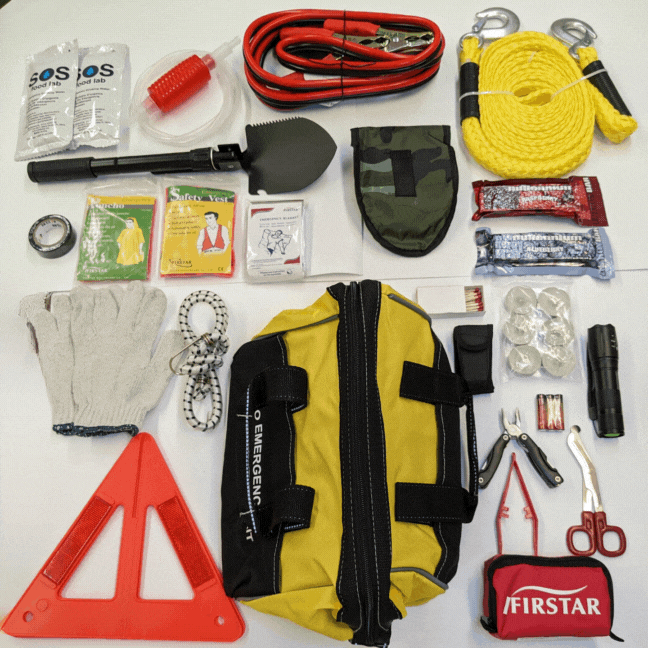
Vehicle Preparation & Maintenance
Proper vehicle preparation is a critical part of any overlanding journey. Your rig is your lifeline when traveling through remote terrain, so making sure it’s in top mechanical condition before departure is essential. A well-maintained vehicle reduces the risk of breakdowns, improves performance off-road, and ensures you have the tools and confidence to handle unexpected challenges.
Before hitting the trail, spend time doing a thorough inspection and maintenance check. Even minor issues, if overlooked, can become major problems far from help. Below is a detailed checklist to guide your pre-departure prep.
Pre-Departure Maintenance Checklist
Fluids
Check all essential fluids: engine oil, brake fluid, coolant, and power steering fluid. Top them off as needed and look for signs of contamination or leaks. If you’re overdue for an oil change or coolant flush, get it done before the trip.
Tires
Inspect all tires, including the spare. Look for signs of uneven wear, cracks, or punctures. Ensure they have enough tread depth for off-road terrain. Adjust the pressure based on the terrain you expect—lower for sand and rocks, normal for highway driving. Don’t forget to bring a tire inflator and pressure gauge.
Bolts & Brakes
Tighten all lug nuts to spec using a torque wrench and inspect bolts on suspension, skid plates, roof racks, and bumpers. Loose bolts can vibrate freely on rough terrain. Also, check brake pads and rotors for wear—reliable braking is non-negotiable in off-road conditions.
Recovery Gear
Test your winch before leaving—run the line out and back in to ensure it’s functioning properly. Inspect the winch cable or synthetic rope for frays, rust, or weak points. Also check shackles, straps, and any recovery boards for damage.
Taking the time to inspect and maintain your vehicle beforehand can save you from costly mistakes and time-consuming breakdowns during your adventure.
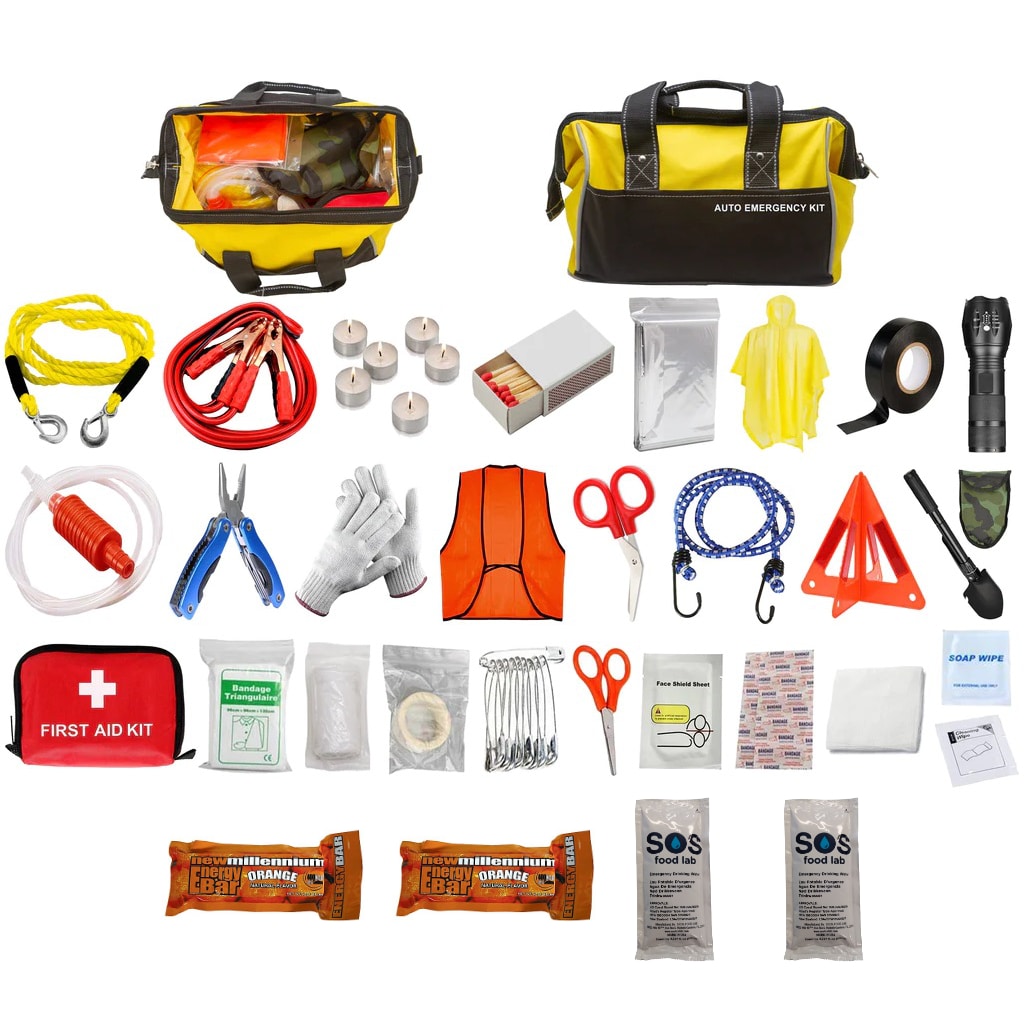
Overland Gear & Packing Checklists
Packing efficiently for an overlanding trip is all about striking a balance between readiness and weight. You want to be prepared for a wide range of scenarios without overloading your vehicle. Below are the essential checklists every overlander should reference when getting ready for the trail.
Minimal Off-Road Checklist
If you’re heading out on a short trip or traveling light, these are the bare essentials to pack for safety and preparedness:
-
Emergency Kit: A well-stocked first aid kit and any necessary personal medications. Emergencies can arise far from medical help, so having supplies on hand is critical.
-
Survival Essentials: Pack extra water (at least one gallon per person per day), non-perishable food, and warm clothing—even if you’re not expecting cold weather.
-
Tire & Recovery: Carry a full-size spare tire, jack, and tire iron. Also include a quality tow strap and a tree saver to assist with vehicle recovery using a winch or another vehicle.
Safety & Survival Gear
This gear goes beyond the basics and ensures you’re equipped to handle accidents, harsh conditions, and unplanned overnight stays:
-
First Aid Kit: Include adhesive bandages, antiseptic wipes, a cold pack, gloves, pain relievers, and wound dressings.
-
Safety Gear: A fire extinguisher (ABC rated), emergency flares, heavy-duty leather gloves, and a tarp for shelter or ground cover.
-
Personal Supplies: Pack 1 gallon of drinking water per person per day, a quality knife or multitool, high-SPF sunblock, and a waterproof rain jacket.
Vehicle Recovery & Tool Kit
You never know when a trail obstacle, mechanical failure, or terrain issue may require hands-on repair or recovery. Be sure to carry:
-
Recovery Gear: Tow straps, rated D-shackles or soft shackles, a shovel, and a winch kit if your vehicle has a winch installed.
-
Basic Tools: A socket set, flathead and Phillips screwdrivers, pliers, and jumper cables.
-
Multipurpose Items: Duct tape for quick fixes, bungee cords or tie-down straps for securing gear, strong rope, and rags for cleanup or padding.
Spare Parts & Fluids
Breakdowns can be minimized by carrying key fluids and a few common replacement parts. These can get you out of trouble and back on the road:
-
Fluids: Always bring extra engine oil, brake fluid, coolant, and power steering fluid. Leaks or low levels can cause major issues if not addressed.
-
Spare Parts: Carry replacements for commonly failing components such as fan belts, radiator hoses, U-joints, and a tire repair kit (with plugs and sealant).
Camping Essentials
A successful overlanding adventure isn’t just about the drive—it’s also about being well-prepared for life at camp. Whether you’re spending one night or several off the grid, the right camping gear ensures you stay safe, warm, fed, and comfortable. The following checklist covers the core gear you’ll need at camp, along with essential tools for navigation, lighting, and waste management.
Camping Gear Checklist
Overnight Gear
Bring a durable tent suited for the weather conditions, along with a warm sleeping bag and a sleeping pad for insulation and comfort. Your overnight gear plays a major role in helping you stay rested and ready for the next day.
Cooking Supplies
Pack a portable stove, fuel, and utensils. Include pots or pans, a cutting board, and food storage containers. On some expeditions, catered meals may be provided, but always check in advance. A cooler or fridge can also be useful for perishables.
Navigation
Even if your vehicle is equipped with GPS, having paper maps and a compass is a smart backup in case of power failure or signal loss.
Lighting
Always bring multiple light sources: a headlamp for hands-free tasks, a flashlight for focused visibility, and a lantern to illuminate your campsite. Extra batteries or a solar charger are also highly recommended.
Waste Management
Pack plenty of trash bags to pack out what you bring in. A compact trowel helps with digging cat holes for bathroom use. Don’t forget toilet paper and hygiene supplies.
Seasonal Gear Guide
Different seasons come with different challenges, and your gear should reflect the conditions you’ll encounter. Below are season-specific items that help you stay comfortable and safe in any environment.
Winter Essentials
-
Insulated Sleeping Bag: Choose one rated for sub-zero temperatures, especially at high elevations.
-
Emergency Blanket: Lightweight but highly effective at retaining body heat in extreme cold.
-
Hand Warmers: These small heat packs can make a big difference during frigid mornings or nights.
-
Extra Stove Fuel: Cold temperatures can increase fuel consumption, so bring more than you think you’ll need.
Summer Essentials
-
High-SPF Sunblock: Protect your skin from intense sun exposure, especially in open desert or alpine areas.
-
Insect Repellent: A must-have for wooded or humid areas where mosquitoes and ticks are active.
-
Lightweight, Moisture-Wicking Clothing: Helps regulate body temperature and keeps you dry during hot days.
Final Thoughts
Overlanding is a rewarding way to explore the world off the beaten path, but preparation is key to staying safe and enjoying the journey. The right recovery gear, vehicle readiness, and essential supplies—from tools to tents—can make all the difference between a stressful trip and an unforgettable adventure.
Use this guide as a checklist before every trip, adjusting based on your destination, duration, and expected conditions. With the right planning and equipment, you’ll be ready to tackle any terrain, camp comfortably under the stars, and recover confidently when the trail gets tough. Safe travels!
Read More: Portable Power Solutions for Off-Grid Overlanding
